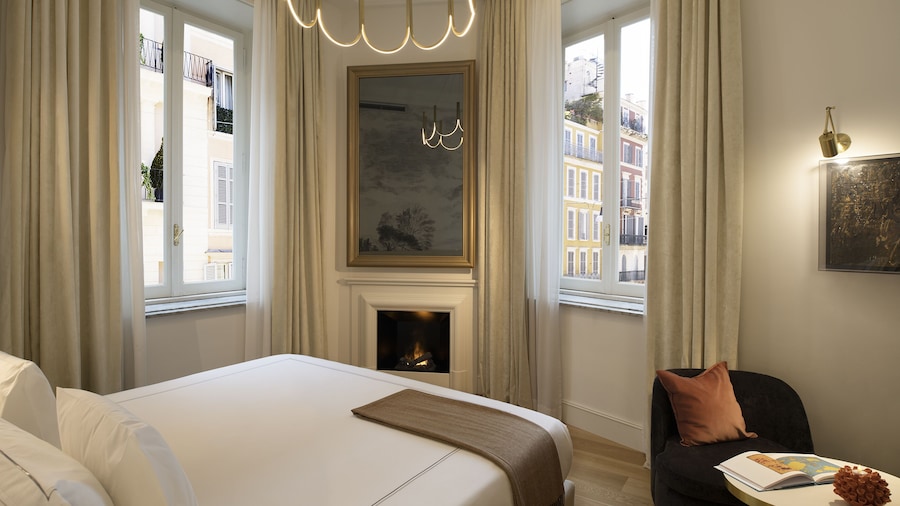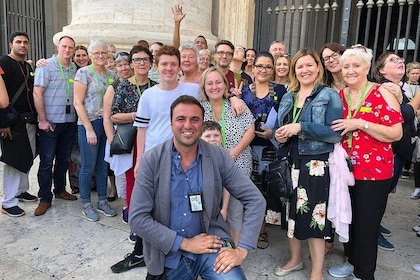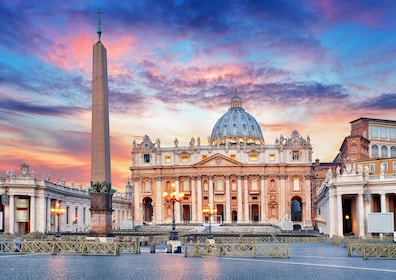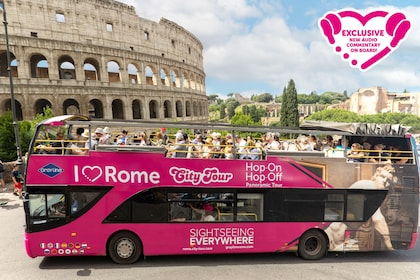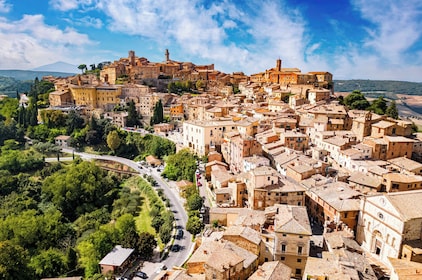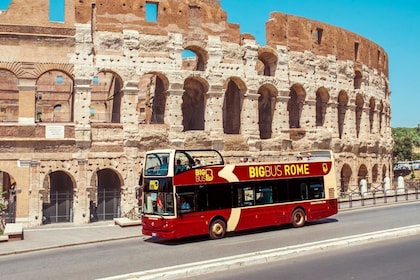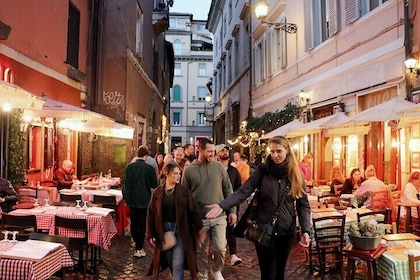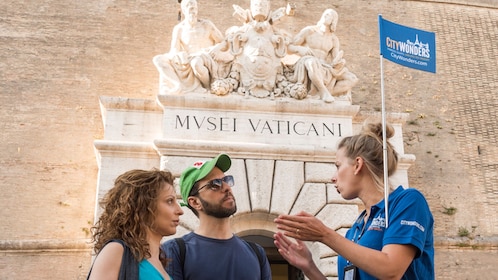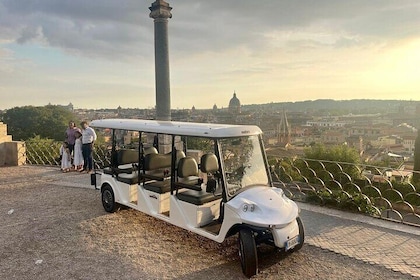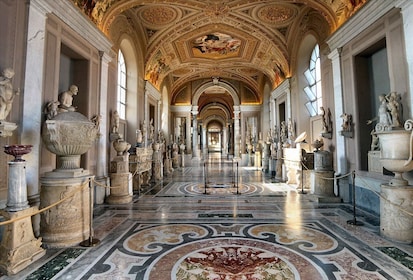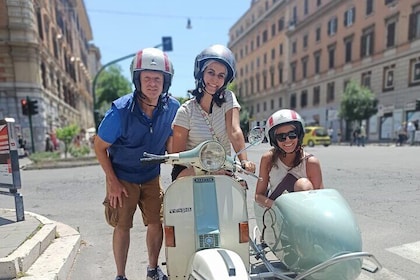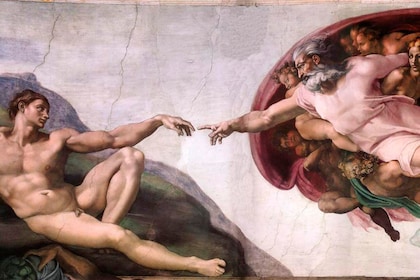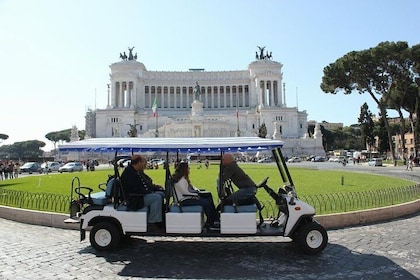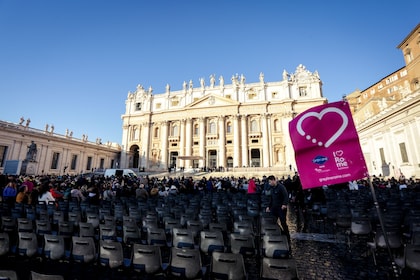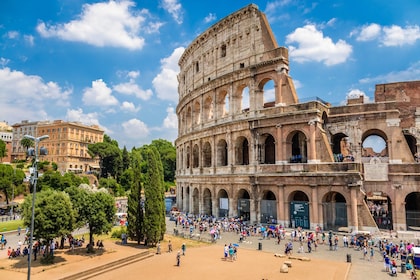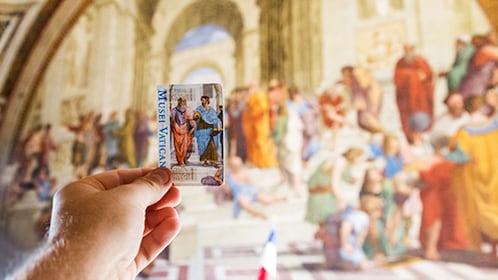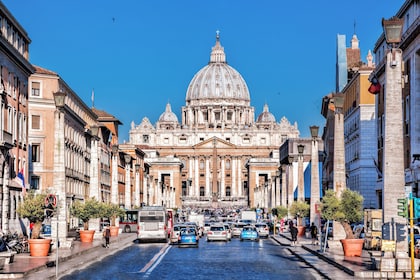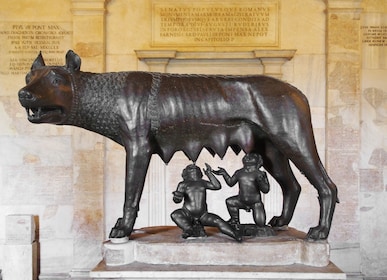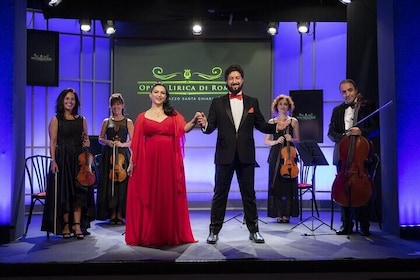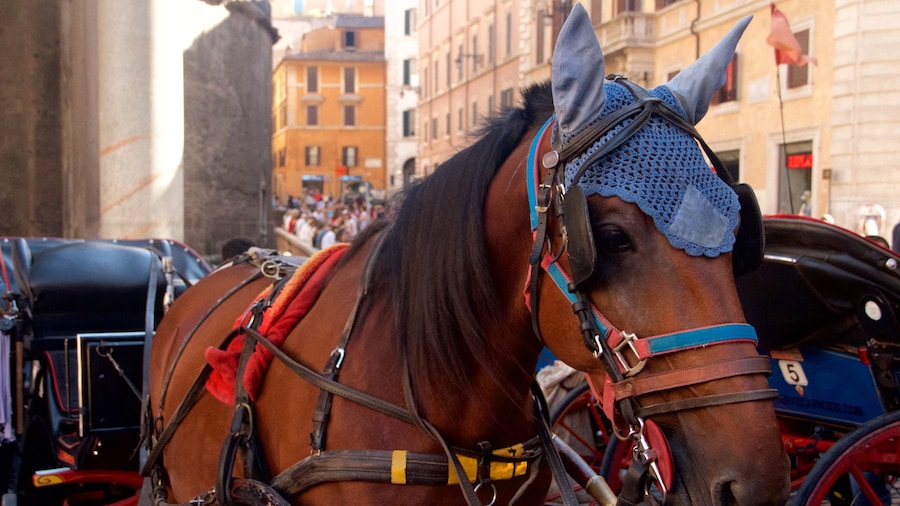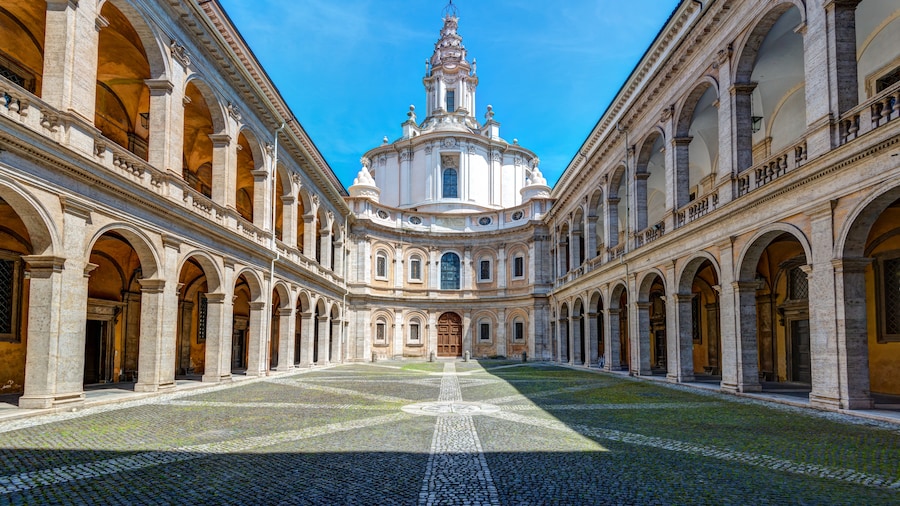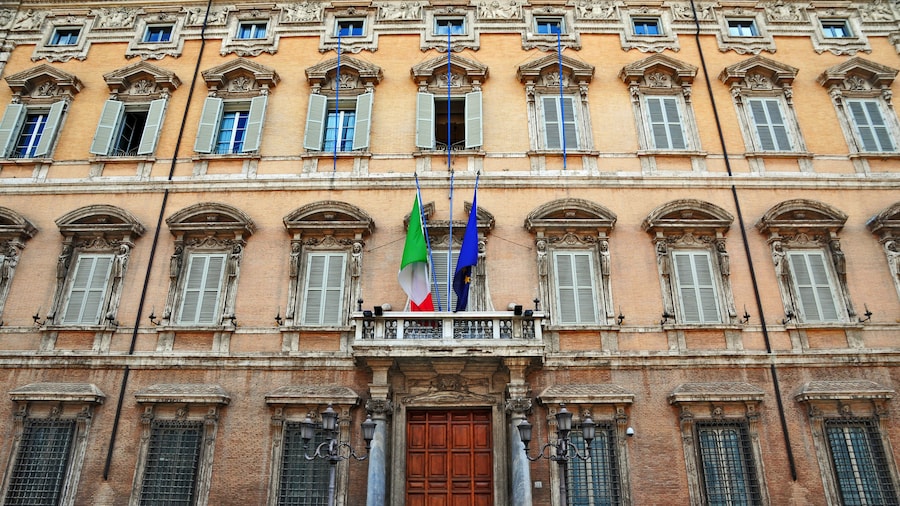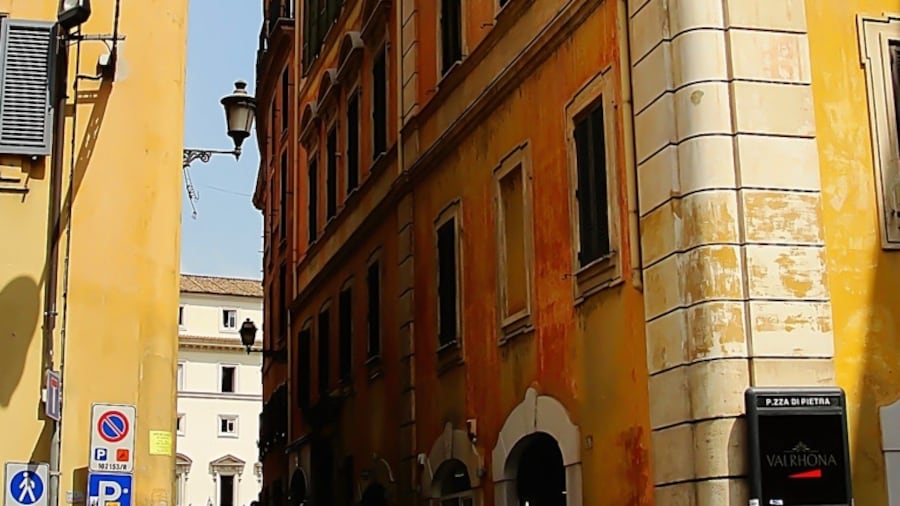A 2,000 year old temple which to this day, remains one of the most powerful symbols of the glory of ancient Rome.
You don’t have to walk far when in Rome to stumble upon towering architectural masterpieces that remain great monuments to ancient Rome to this day. Yet none is more revered than the magnificent temple to the Roman gods, the Pantheon (which in Latin means “for all gods”).
A monument stood on this spot as early as the 1st century BC, built by Roman general Marcus Agrippa. However, the Pantheon that still stands to this day was established over two centuries later in 126 AD by Emperor Hadrian. Nonetheless, when you visit you’ll see inscriptions on the façade dedicated to the original commissioner.
Take in the iconic portico with its eight Corinthian granite columns and a further eight in the background, all supporting a triangle-shaped pediment. Explore the main rotunda of the temple building which rises 43 metres from the chequered marble floor – one that has not changed since the ancient Romans came here to celebrate their gods.
During the early 7th century, this temple to the gods came to be used as a Catholic place of worship – a change which led to the transformation of its interiors. You’ll see the impact to this day, with Renaissance artworks on the rotunda’s walls, as well as the Christian figures who were buried here – including Italian King Umberto I and the great artist Raphael. When you explore the Pantheon today, you’ll be struck by the remarkable fusion of Roman mythology with Christian theology.
When you arrive, you’ll find queues of visitors stretching all the way across Piazza della Rotonda – the Pantheon is a huge attraction and draws millions of tourists to explore its walls each and every year. But even if you have to wait, the spectacle of the Pantheon is well worth the effort of queuing outside.
Located in the heart of central Rome, the Pantheon is open every single day of the week. You won’t be able to find a bus to take you down the narrow streets surrounding the site, so you’ll either have to take a taxi or head there on foot.







